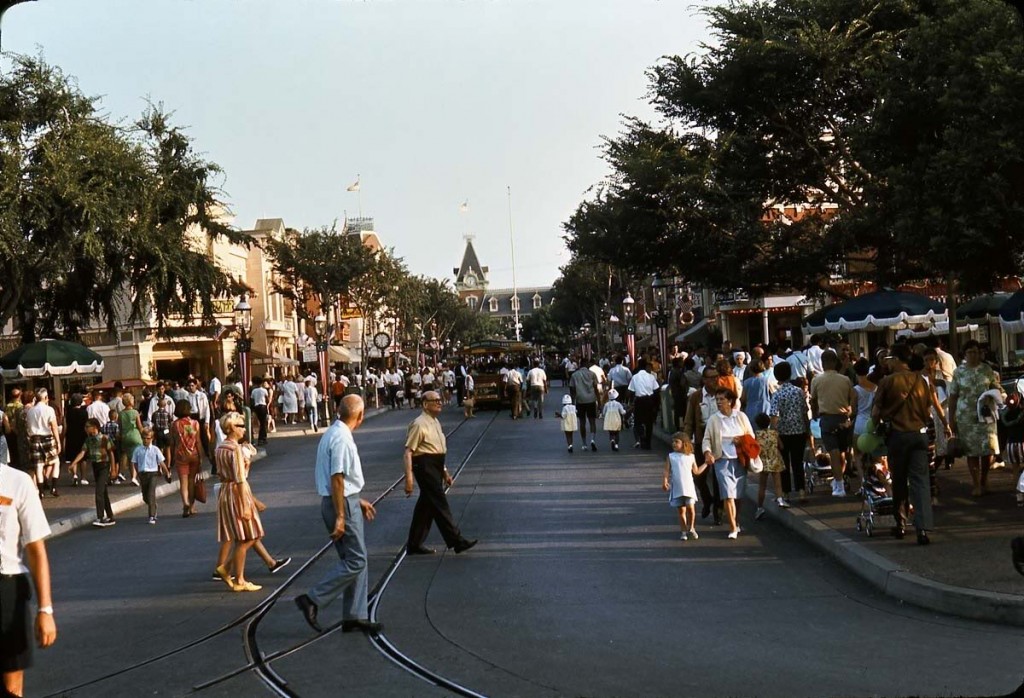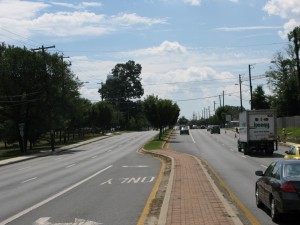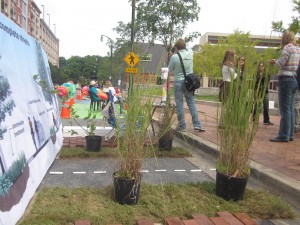
We grew up as planners learning that shopping malls sapped downtown of its energy–whether it was small town retailers wiped out by the mall just over the county line or urban retail boulevards gutted of life as suburbanites left the city to follow jobs and the shopping followed them.
Over time, downtowns began to reimage themselves as malls. Beginning in 1980, The National Trust for Historic Preservation’s Main Street program was based on that very premise, organizing disparate retailers to work together on signage, opening hours, seasonal sales, and marketing.
Federal Realty took it one step further, simply buying up retail streets in places like Westport, Connecticut and Bethesda, Maryland to create a single, curated retail environment from brick … Continue reading


